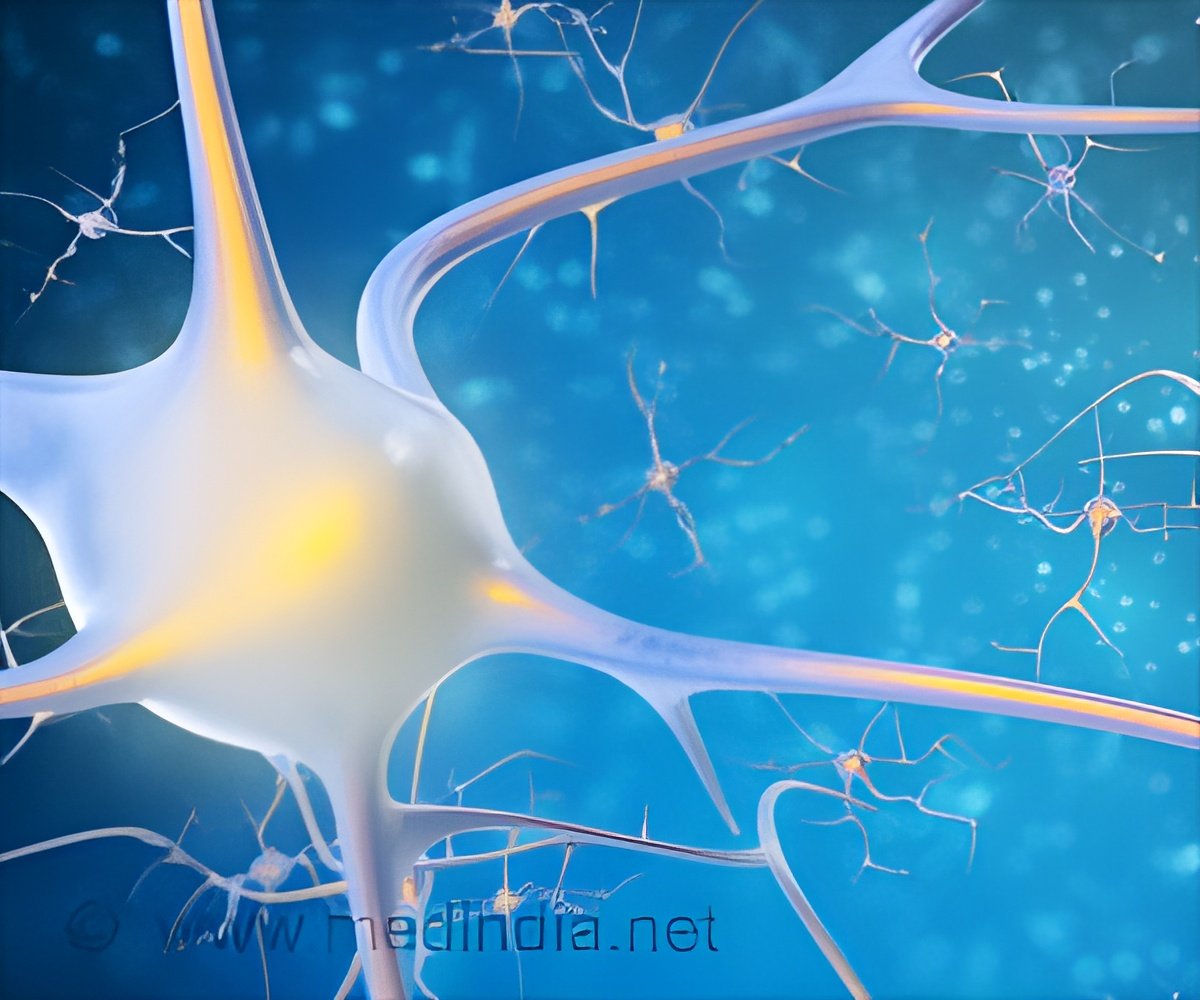
MS is a severe, often crippling, autoimmune disease caused by the body's immune system attacking the nervous system. Today, more than two million people worldwide suffer from MS and other neuroinflammatory diseases. MS usually strikes in early adulthood and manifests with symptoms including vision loss, paralysis, numbness, and fatigue. The disease can be intermittent or progressive and currently has no cure.
Today's new findings show that:
• Scientists are one step closer to understanding how antibodies in the blood stream break past the brain's protective barrier to attack the optic nerves, spinal cord, and brain, causing the symptoms of neuromyelitis optica, a rare disease similar to MS. Understanding how the antibodies bypass the protective blood-brain barrier could provide new approaches to treating the disease (Yukio Takeshita, MD, PhD, abstract 404.09, see attached summary).
• A protein involved in blood clotting mightserve as an early detection method for MS before symptoms occur. Early detection of the disease could lead to more effective early treatments (Katerina Akassoglou, PhD, abstract 404.11, see attached summary).
• Low levels of a cholesterol protein correlate with the severity of a patient's MS in both human patients and mouse models. The finding suggests the protein, known to protect against inflammation, may protect against developing MS, and possibly even aid in the regeneration of damaged neurons. This research opens the door to cholesterol drugs as a possible new avenue for MS treatment (Lidia Gardner, PhD, abstract 404.01, see attached summary).
Other recent findings discussed show that:
• A type of immune system cell has been found to directly target and damage nerve cell axons, a hallmark of MS. This may reveal a target for new therapies (Brian Sauer, PhD, presentation 404.06, see attached speaker summary).
• While no treatments to rebuild cells damaged by MS currently exist, scientists have found that when exosomes — tiny, naturally occurring "nanovesicles" — are produced by dendritic cells and applied to the brain, they can deliver a mixture of proteins and RNAs that promote regeneration of protective myelin sheaths and guard against MS symptoms (Richard Kraig, MD, PhD, presentation 812.02, see attached speaker summary).
"The findings shown today represent real promise for the millions suffering from MS," said press conference moderator Jeffrey Rothstein of Johns Hopkins University and an expert in neurodegenerative diseases. "These studies are breakthroughs in understanding and treating a disease that remains uncured, difficult to diagnose, and for which it is very difficult to prevent progression."
Advertisement













